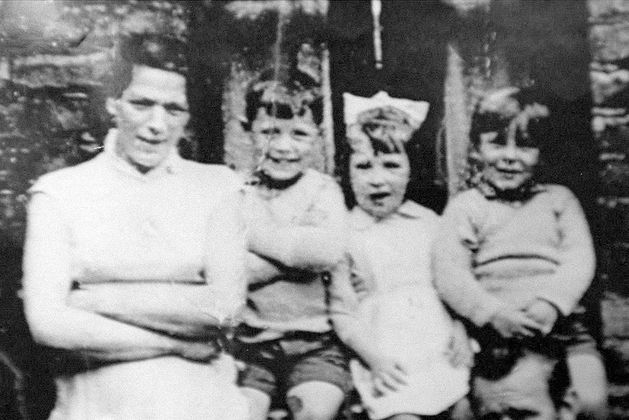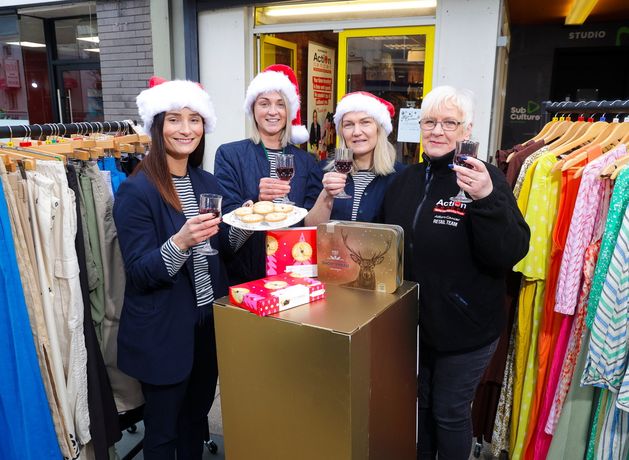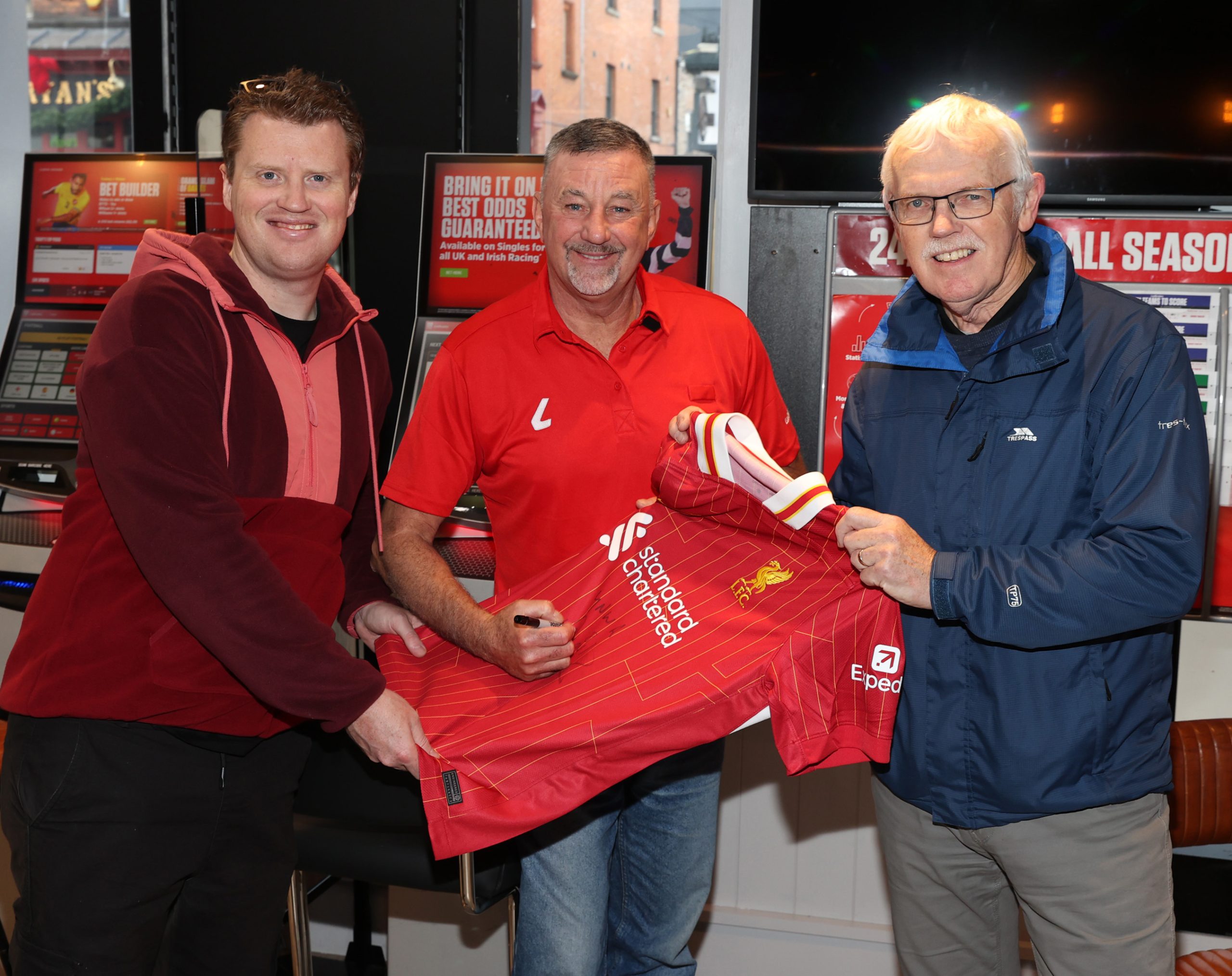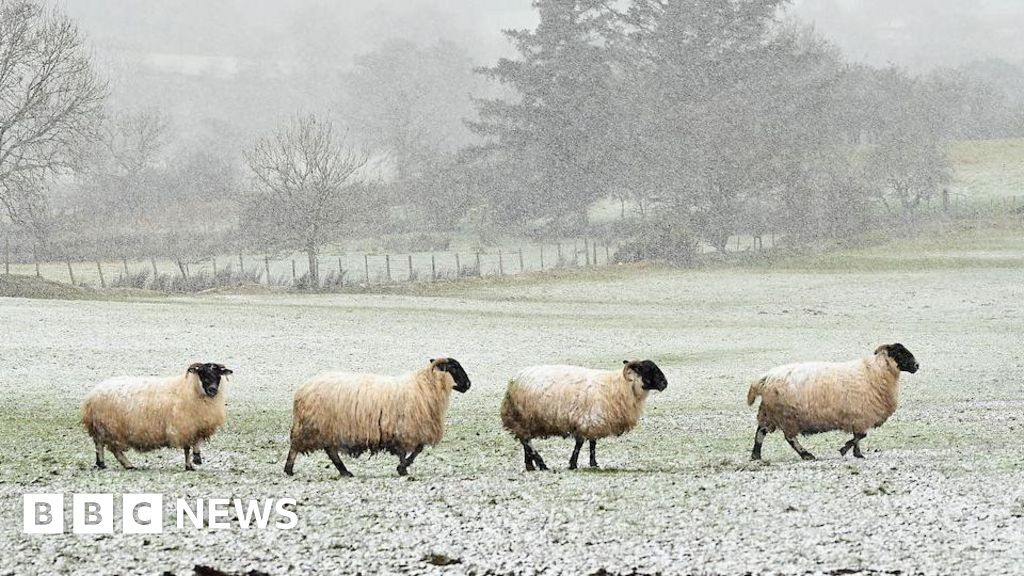World
Ireland overachieved at World Cup and Nations League – academy funding is vital

THE sponsors have always wanted you to ‘Outbelieve’ about the Irish women’s football team.
And while Sky’s campaign slogan is — annoyingly — grammatically wrong, there is a lot right with what the Girls in Green are doing, as the FAI’s academy presentation on Wednesday highlighted.
Most of the coverage, including my own, involved the consequences for the men’s team, as they continue to free fall down the Fifa world rankings.
By contrast, Katie McCabe and Co are high flyers. World Cup finalists, Nations League winners and among the elite for the Euro 2025 qualifiers.
But FAI academy chief Will Clarke explained that it is an overachievement.
Not only are Ireland the lowest ranked European nation ever to reach the Women’s World Cup but they did so with just 26 Irish-born professionals available to select.
It’s why Vera Pauw used the granny rule to pick the likes of American Courtney Brosnan — and why Eileen Gleeson’s called up England-born pair Caitlin Hayes and Anna Patten.
Ex-boss Pauw and current chief Gleeson have placed an emphasis on commitment — underlined by Southampton native Lucy Quinn’s five-year journey to obtain her passport.
Patience in recruitment is necessary to expand the talent pool, as the women’s academy structure is far behind other nations.
That is Clarke’s job to fix, with funding vital. And it could reap rewards given the progress that is already evident.
The Women’s Premier Division only started in 2011 with an Under-19 league beginning in 2017 and Under-17 competition in 2018.
Yet Clarke’s presentation showed that last year a whopping 46.7 per cent of players playing WPD football were 21 or younger.
That stat also highlights the difficulty in retaining players in a largely amateur league with huge time demands.
GAA players get state grants but footballers don’t, though expenses are now common.
However, it also points to how the introduction of an academy system has made the top level younger and more talented.
If you want proof of that, the Under-17 players selected to launch the league in 2018 were Heather Payne and Izzy Atkinson, both of whom were at last year’s World Cup.
But the league still has to grow as an industry too.
Currently there are just 20 semi-professionals playing at home and there were no home-based players in the originally-named squad for this month’s Ireland games.
Much like the men, the ambition is to play abroad but a thriving industry at home is also needed.
At present, that is not the case with attendances regularly in the low hundreds across the league.
Shamrock Rovers offer semi-professional contracts but acknowledge the endeavour doesn’t break even yet as they look to grow a fanbase for a team only in its second year.
Fifa not having a training compensation system for women’s football as they do men’s football means those academies lose their best prospects for free.
Given the Girls in Green have already ‘outbelieved’, the Sky is the limit, if there is financial backing for improvements — we should see their meteoric rise continue.











